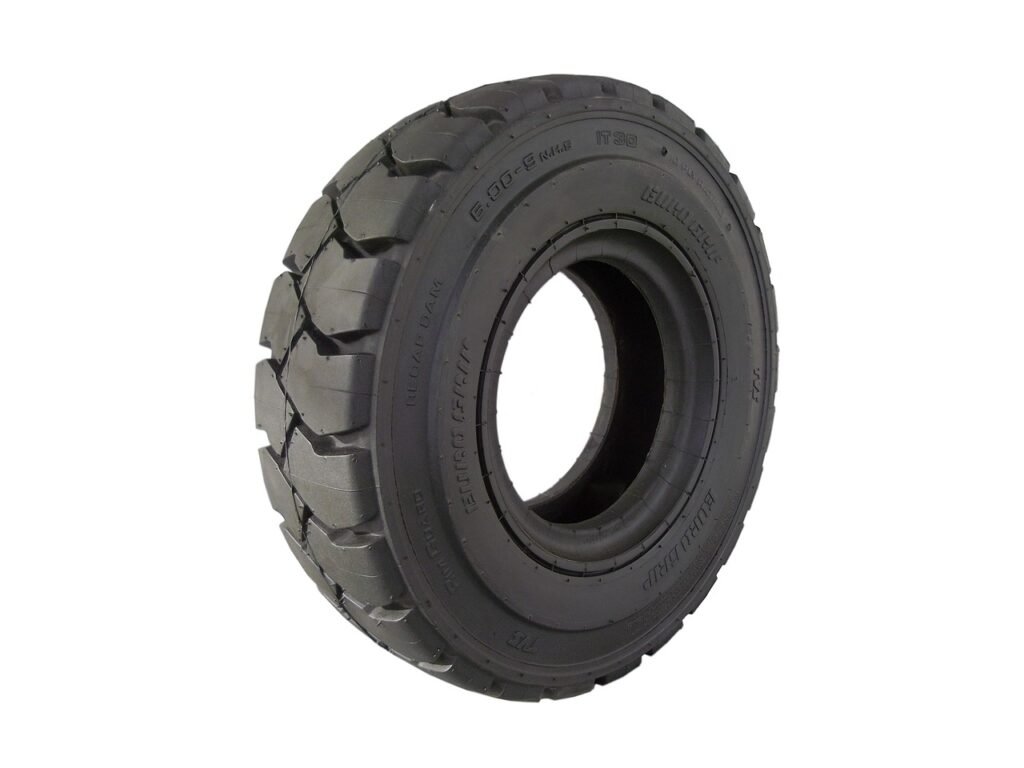Are you unsure about how to choose the right tires for your vehicle?
When it comes to the safety and performance of your vehicle, one of the most important decisions you can make is choosing the right tires. With so many options available on the market, it can be overwhelming to decide which tires are best for your specific needs. In this article, we will discuss five essential tips to help you make an informed decision when choosing the right tires for your vehicle.
1. Understand Your Needs
Before purchasing new tires, it is essential to understand your specific driving needs and habits. Consider the typical weather conditions in your area, the type of roads you frequently travel on, and the driving style you prefer. Whether you need tires for daily commuting, off-road adventures, or high-performance driving, knowing your needs will help narrow down your options.
Knowing how you use your vehicle can make a big difference in selecting the right tires. Are you mostly driving in city traffic, or are you hitting the highway for long road trips? Understanding how you use your vehicle will help you determine the best type of tires to suit your driving habits.

This image is property of pixabay.com.
2. Determine the Right Tire Size
The next step in choosing the right tires for your vehicle is to determine the correct tire size. The size of your tires can impact your vehicle’s performance, safety, and overall driving experience. You can find the recommended tire size for your vehicle in the owner’s manual or on the driver’s side door jamb.
When choosing the right tire size, it is essential to consider both the width and profile of the tire. The right tire size will not only fit your vehicle properly but also provide the necessary grip and handling for safe driving. Installing the wrong size tires can lead to poor performance, reduced fuel efficiency, and potential safety risks.

This image is property of pixabay.com.
3. Consider the Type of Tires
There are several different types of tires available on the market, each designed for specific driving conditions and performance requirements. Understanding the differences between these tire types will help you choose the best option for your vehicle. Some common types of tires include:
- All-Season Tires: Suitable for year-round use in moderate climates, providing a balance of performance, traction, and durability.
- Summer Tires: Designed for warm weather conditions, offering enhanced grip and handling on dry roads.
- Winter Tires: Ideal for cold weather and snowy conditions, providing improved traction and braking performance.
- Performance Tires: Engineered for high-speed driving and improved handling, best suited for sports cars and performance vehicles.
- Off-Road Tires: Designed for off-road adventures, offering enhanced traction and durability for rugged terrain.
Considering the type of driving you do and the weather conditions you encounter will help you determine which type of tires will best suit your needs.

This image is property of pixabay.com.
4. Check the Tread Pattern and Depth
The tread pattern and depth of your tires play a crucial role in providing traction, handling, and braking performance. The tread pattern is the design of the grooves and channels on the tire’s surface, which helps channel water away from the tire and provide grip on the road. The tread depth refers to the distance between the top of the tread and the bottom of the tire’s grooves.
Before purchasing new tires, it is essential to check the tread pattern and depth to ensure optimal performance. Tires with a deeper tread depth are better at gripping the road and providing traction in wet or snowy conditions. Additionally, inspecting the tread pattern can help you determine if the tires are suitable for your specific driving needs, such as off-road adventures or high-speed driving.

This image is property of pixabay.com.
5. Consider the Tire’s Load Index and Speed Rating
When choosing the right tires for your vehicle, it is crucial to consider the tire’s load index and speed rating. The load index indicates the maximum weight capacity that the tire can support, while the speed rating shows the maximum speed at which the tire can operate safely. These ratings are essential for ensuring that your tires can handle the weight of your vehicle and provide optimal performance at varying speeds.
The load index is represented by a number on the tire’s sidewall, indicating the maximum load capacity in pounds. The speed rating is represented by a letter, ranging from A to Z, with each letter corresponding to a maximum speed capability. By checking these ratings, you can ensure that the tires you choose are suitable for your vehicle’s weight and intended driving speeds.
Final Thoughts
Choosing the right tires for your vehicle is a crucial decision that can impact your safety, performance, and driving experience. By understanding your needs, determining the right tire size, considering the type of tires, checking the tread pattern and depth, and evaluating the tire’s load index and speed rating, you can make an informed decision that suits your specific driving habits and preferences.
Remember to consult with a tire professional or automotive expert if you have any questions or need assistance in selecting the right tires for your vehicle. Investing in high-quality tires that match your needs will not only improve your driving experience but also enhance the safety and performance of your vehicle. So, take your time to research and choose the best tires that will keep you safe on the road.



